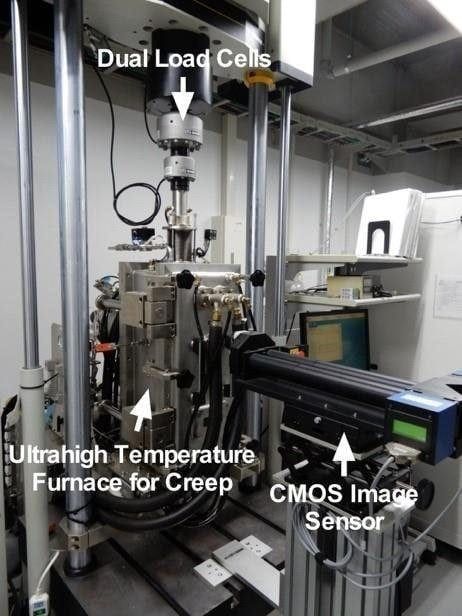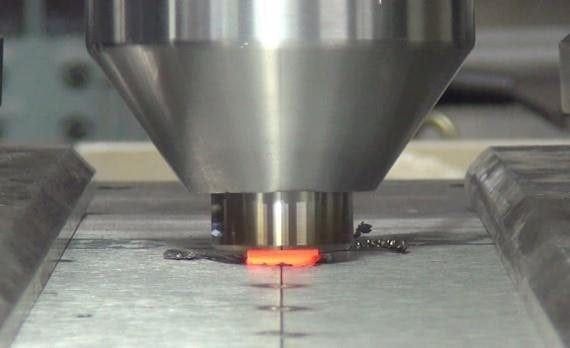A new metal alloy that withstands ultra-high temperature and pressure could revolutionise aircraft jet engines.
The titanium-based alloy has been hailed a “promising candidate” to replace conventional metal alloys used in jet engines and in power stations.
Tests showed the titanium carbide, alloyed with molybdenum-silicon-boron, was “extremely strong” compared to nickel-based alloys used to withstand ultra-high temperatures and pressure in jet engines.

The first study of its kind found the “MoSiBTiC” alloy was able to withstand more than 3,000 times the pressure of a football at 1,500C without cracking.
Lead author Professor Kyosuke Yoshimi, said: “Our experiments show that the MoSiBTiC alloy is extremely strong compared with cutting-edge Nickel-based single crystal superalloys, which are commonly used in hot sections of heat engines such as jet engines of aircrafts and gas turbines for electric power generation.”
Prof Yoshimi, of Tohoku University’s Graduate School of Engineering in Japan, continued: “This work suggests that the MoSiBTiC, as ultrahigh temperature materials beyond Nickel-based superalloys, is one promising candidate for those applications.”
His team’s tests also found the alloy shared some properties with “superplastics” which reduce the risk of it suddenly breaking.
Prof Yoshimi said stretched under decreasing forces – a behaviour which has only been seen with superplastic materials.
He said: “Our ultimate goal is to invent a novel ultrahigh temperature material superior to Nickel-based superalloys and replace high-pressure turbine blades made of Nickel-based superalloys with new turbine blades of our ultrahigh temperature material.
“To go there, as the next step, the oxidation resistance of the MoSiBTiC must be improved by alloy design without deteriorating its excellent mechanical properties. But it is really challenging!”

His team tested the new alloy’s ability to withstand cracks or deformation under constant pressures at between 1400 to 1600C – called its “creep” behaviour.
The alloy’s creep was analysed under 100 to 300 MPa – up to 3,300 the pressure of a football – for 400 hours.
Prof Yoshimi said the performance of heat engines is key to harvest of energy from fossil fuels and convert them into electricity and propulsion – and that the new alloy could help make them more efficient.
The researchers added that several additional microstructural analyses were needed to understand the alloy’s mechanics and its ability to recover from exposure to high stresses.
The study was published in the journal Scientific Reports.
